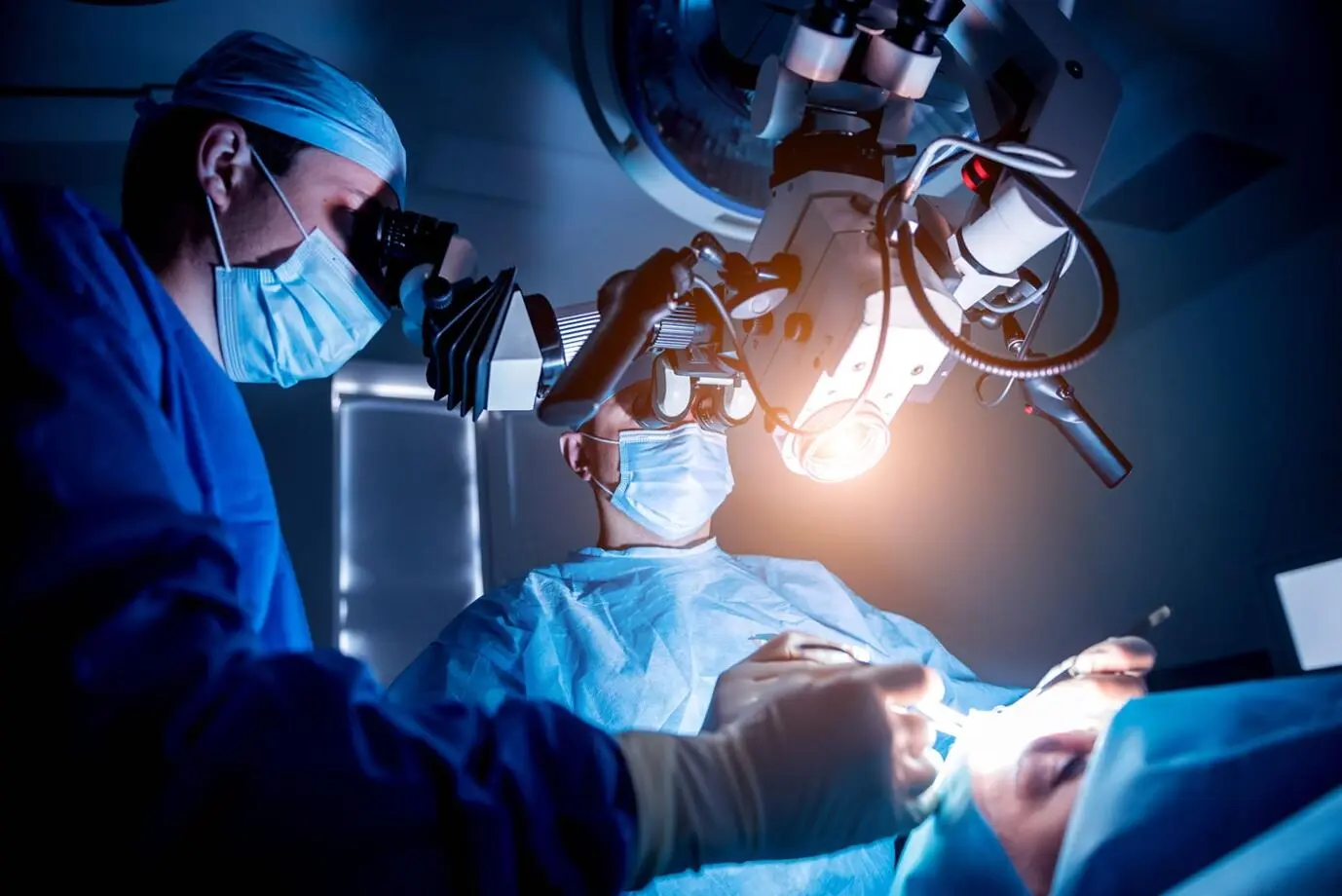
Surgical Medical Devices GB 9706 Testing
What are surgical medical instruments?
Surgical medical instruments refer to tools used in surgical operations for diagnosing, treating, preventing diseases, or dissecting tissues. These instruments include scalpels, scissors, hemostats, retractors, probes, needle holders, endoscopes, etc., which are used for cutting, clamping, retracting, probing, suturing, and fixing tissues, ensuring the smooth progress of surgery.

What are some common surgical medical instruments?
Common surgical medical instruments include scalpels and scissors (used for cutting), hemostats (used for stopping bleeding), needle holders and suturing needles (used for suturing), endoscopes (used for observing internal structures), as well as suction devices and electrosurgical units (used for suctioning fluids and stopping bleeding). These instruments come in various sizes and models depending on the type and needs of the surgery.
What testing standards must surgical medical equipment meet to enter China?
- GB 9706.202-2021 Medical electrical equipment—Part 2-2: ParticULar requirements for the basic safety and essential performance of high frequency surgical equipment and high-frequency accessories
GB 9706.202 applies to the basic safety and essential performance of high-frequency surgical equipment and high-frequency accessories.
- GB 9706.204-2022 Medical electrical equipment—Part 2-4: Particular requirements for the basic safety and essential performance of cardiac defibrillators
- YY 9706.210-2021 Medical electrical equipment—Part 2-10: Particular requirements for the basic safety and essential performance of nerve and muscle stimulators
YY 9706.210 specifies safety requirements for nerve and muscle stimulators used in physical medicine practices, including transcutaneous electrical nerve stimulators and electrical muscle stimulators. Note: Muscle stimulators may also be consideRED neuromuscular stimulators.
YY 9706.210 does not apply to the following devices: devices for implantation or those connected to implanted electrodes; devices used for brain stimulation (e.g., electroconvulsive therapy devices); devices used for neurological research; external cardiac pacemakers; devices for evoked response diagnosis; electromyography devices; and cardiac defibrillation devices.
- GB 9706.212-2020 Medical electrical equipment—Part 2-12: Particular requirements for basic safety and essential performance of critical care ventilators
GB 9706.212 specifies the most basic requirements for the design and manufacture (including structure, operating modes, gas connections, signal waveforms, alarms, accompanying documents, accessories, labels, and packaging, etc.) of therapeutic ventilators to ensure that when used correctly according to the manufacturer's intended purpose, in the intended environment and conditions, no harm or danger will occur to users, patients, or the environment.
GB 9706.212 does not apply to other specialized ventilators (e.g., sleep apnea ventilators or emergency transport ventilators).
- GB 9706.213-2021 Medical electrical equipment—Part 2-13: Particular requirements for the basics safety and essential performance of an anesthetic workstation
GB 9706.213 specifies particular requirements for a complete anesthetic workstation and the following anesthetic workstation components.
GB 9706.213 applies to anesthetic workstations that require continuous participation by professional operators, used for the administration of inhalation anesthesia.
- GB 9706.218-2021 Medical electrical equipment—Part 2-18: Particular requirements for the basic safety and essential performance of endoscopic equipment
JJR Laboratory in China is a compliant laboratory located in China, providing GB 9706 testing and assisting you with CFDA (NMPA certification) applications.
Email:hello@jjrlab.com
Write your message here and send it to us
 WEEE Registration for Waste Electrical &Electr
WEEE Registration for Waste Electrical &Electr
 MSDS Chemical Safety Testing
MSDS Chemical Safety Testing
 What Are the Differences Between UK REACH and EU R
What Are the Differences Between UK REACH and EU R
 E-Cigarette GB 41700 Compliance Testing
E-Cigarette GB 41700 Compliance Testing
 What Are the Testing Items of California Propositi
What Are the Testing Items of California Propositi
 E-Cigarette EU TPD Testing
E-Cigarette EU TPD Testing
 Testing Certification for E-cigarettes Exported to
Testing Certification for E-cigarettes Exported to
 What is Amazon US CPC Certification?
What is Amazon US CPC Certification?
Leave us a message
24-hour online customer service at any time to respond, so that you worry!




